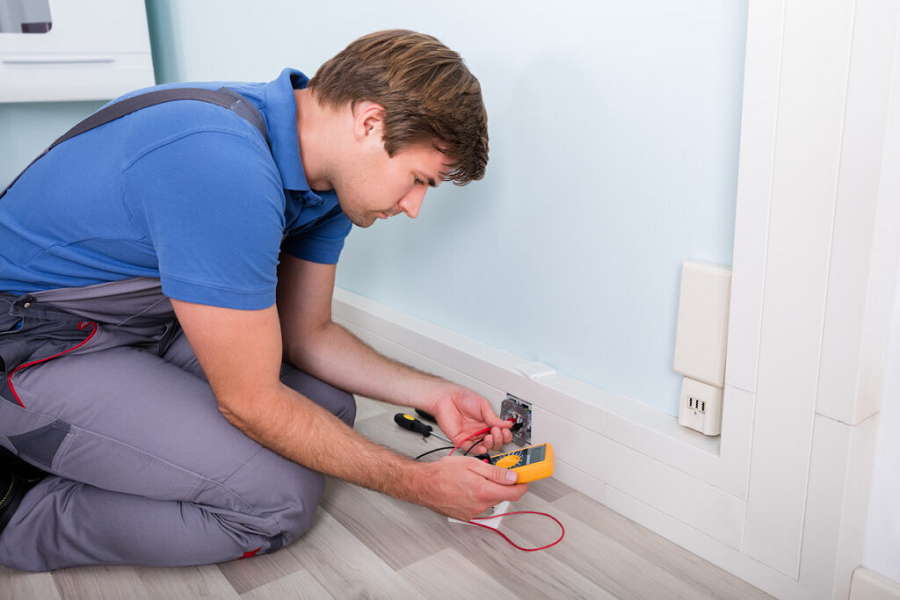
In the realm of property inspections, the National Standards for the Physical Inspection of Real Estate (NSPIRE) has emerged as a transformative protocol aimed at ensuring property safety and livability. For property owners and managers navigating this process, understanding appealable NSPIRE defects is crucial. Identifying which defects can be disputed can make a significant difference in compliance efforts and maintaining your property’s reputation.
What Are NSPIRE Inspections?
NSPIRE, implemented by the U.S. Department of Housing and Urban Development (HUD), is a modernized framework replacing the traditional REAC (Real Estate Assessment Center) inspections. It focuses on health, safety, and functional components within housing units, emphasizing a more resident-centered approach. While these inspections aim to uphold property standards, inaccuracies or unfair evaluations can occur, leading to appealable NSPIRE defects.
What Are Appealable NSPIRE Defects?
Appealable defects refer to inspection findings that property owners can challenge based on HUD’s established guidelines. These appeals typically arise when a defect is inaccurately recorded, incorrectly categorized, or when the defect is in dispute due to insufficient evidence.
Some common examples of appealable NSPIRE defects include:
- Inaccurate Classifications: If an inspector misidentifies the severity of a defect, it may be appealable. For instance, a minor issue could be mistakenly categorized as a life-threatening safety hazard.
- Pre-Existing Repairs: Sometimes, inspectors note defects that have already been addressed or repaired prior to the inspection. Providing evidence, such as repair receipts or photographs, can make this finding appealable.
- Misidentified Defects: Inspectors may document defects that do not exist or that fall outside the scope of NSPIRE regulations. For example, a cosmetic flaw such as chipped paint may be erroneously cited as a critical issue.
- Unverified Deficiencies: Some defects might lack proper documentation or validation during the inspection. Without clear evidence, these can be challenged effectively.
How to Appeal NSPIRE Defects
Challenging an NSPIRE inspection result requires a well-documented process. To increase your chances of success:
- Document Thoroughly: Take high-resolution photos or videos of the cited defects before and after repairs. Ensure that timestamps are included for credibility.
- Gather Supporting Evidence: Compile any repair invoices, maintenance logs, or expert opinions that counter the inspector’s findings.
- Submit a Formal Appeal: File your appeal promptly through HUD’s designated process. Include all relevant evidence and a clear explanation of why the defect is incorrect.
Why Addressing Appealable NSPIRE Defects Matters
Unaddressed defects can negatively impact your property’s compliance record and funding eligibility. By proactively appealing inaccurate findings, you protect your investment, maintain tenant satisfaction, and uphold HUD standards.
For more insights on navigating NSPIRE and REAC inspections, visit The Inspection Group.

